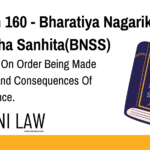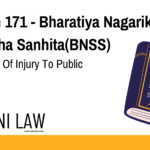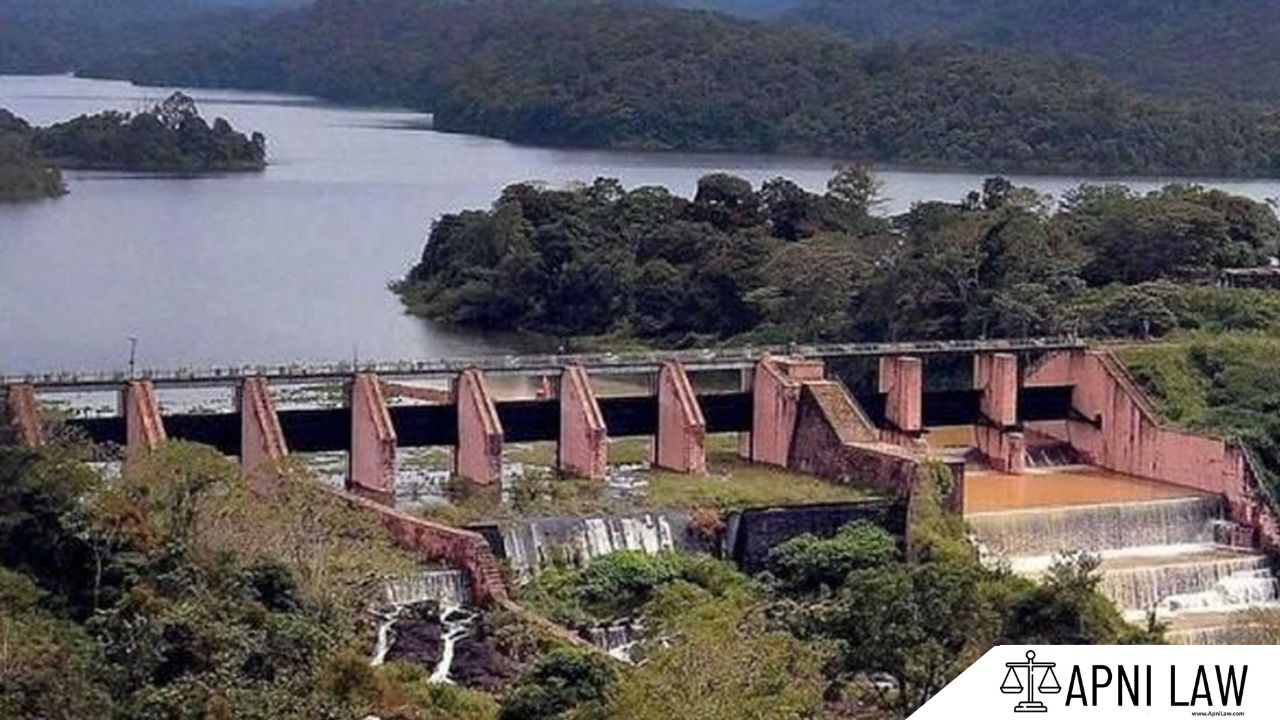Code
Every police officer receiving information of a design to commit any cognizable offence shall communicate such information to the police officer to whom he is subordinate, and to any other officer whose duty it is to prevent or take cognizance of the commission of any such offence.
Contents
CodeExplanation:IllustrationsCommon Questions and Answers:Q: What is a cognizable offence?Q: What happens if a police officer fails to communicate this information?Q: Are there any exceptions to this rule?Q: What should a police officer do if they suspect that their superior may not act on the information?Q: Does this provision apply only to officers in the field?
Explanation:
This provision emphasizes the duty of police officers to relay critical information regarding potential cognizable offences. A cognizable offence is a serious crime for which a police officer has the authority to arrest without a warrant and to start an investigation with or without the permission of a court.
- Duty to Communicate: When a police officer receives information about a plan or intention to commit a cognizable offence, it is mandatory for them to inform:
- Their immediate superior officer.
- Other relevant officers responsible for preventing or addressing such offences.
This ensures that all necessary personnel are informed and can take timely action to prevent the commission of the offence.
Illustrations
- Scenario 1:
- A constable hears a rumor about a potential bank robbery being planned in the area.
- The constable immediately reports this information to his sergeant and the officer in charge of the police station, allowing for pre-emptive measures to be taken.
- Scenario 2:
- An officer receives a tip-off about a gang planning to commit an armed robbery.
- The officer communicates this to their superior and alerts the specialized crime unit to ensure appropriate surveillance and intervention strategies are in place.
- Scenario 3:
- A police officer witnesses suspicious behavior that suggests a drug deal is about to happen.
- They promptly inform their supervising officer and the narcotics team, facilitating a coordinated response to apprehend the suspects.
Common Questions and Answers:
-
Q: What is a cognizable offence?
- A: A cognizable offence is a serious crime for which a police officer has the authority to arrest without a warrant and can initiate an investigation without prior permission from the court. Examples include murder, rape, and robbery.
-
Q: What happens if a police officer fails to communicate this information?
- A: Failure to communicate such information can lead to disciplinary action against the officer, as it neglects their duty to prevent crime and protect public safety.
-
Q: Are there any exceptions to this rule?
- A: Generally, the obligation to communicate is strict; however, if the information is confidential or involves protected sources, the officer must exercise discretion and possibly consult legal guidelines or superiors on how to proceed.
-
Q: What should a police officer do if they suspect that their superior may not act on the information?
- A: The officer should document the information and the communication attempts. If they believe immediate action is necessary, they should escalate the matter to a higher authority or an internal affairs unit.
-
Q: Does this provision apply only to officers in the field?
- A: No, it applies to all police officers regardless of their position or assignment. Every officer has a duty to communicate critical information regarding cognizable offences.











